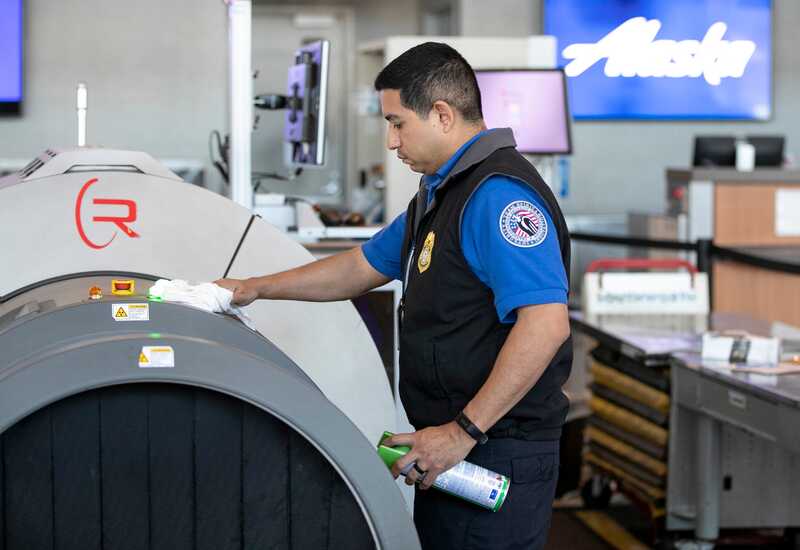Maintenance Plan
Maintenance
Maintenance is a continuous process throughout the lifecycle of new systems and equipment. This process is often increasingly expensive the longer a system is used and can be the greatest expense of a new system.
There are two basic options regarding maintenance: manage the maintenance process in-house or outsource all or part of the maintenance.
Categories of Maintenance
There are four categories of maintenance: Preventive Maintenance, Adaptive Maintenance, Perfected Maintenance, and Corrective Maintenance. These categories relate to the implementation of the vendor’s product.
Preventive Maintenance
Preventive Maintenance is aimed at catching and fixing problems before they happen. It is mostly carried out in the form of regular inspections, usually occurring multiple times per year. The system or parts are checked carefully for any signs of wear, tear, or imminent breakdown. Damaged parts are replaced at once. The primary benefit of preventive maintenance is that it can cut unplanned shutdown time as the technician will ideally catch problems before they occur.
Adaptive Maintenance
Adaptive Maintenance involves those activities that ensure the solution keeps up with changing business environments. This does not include starting over with the SDLC, but it does include keeping up with the business environment. This entails adjusting the system as the company adjusts the workflow.
Perfective Maintenance
Perfective Maintenance involves changes or additions that are “improvements.” Adding new functionality or developing add-ons are examples. If the original analysis of the system was done properly, the resulting system should already have most of the necessary basic functions that are needed by the users. Perfective Maintenance is often seen as something unnecessary.
Corrective Maintenance
Corrective Maintenance is initiated when a problem is discovered while working on another work order. Issues are caught ‘just-in-time.’ For example, during a scheduled maintenance check or while fixing another issue, a maintenance technician notices an abnormal error rate coming from a baggage scanner. Corrective maintenance is then scheduled for a future date when the current problem is repaired or replaced. It reduces emergency repairs and increases employee safety. The client can do that by attempting to reset the system.
Maintenance for the Solution
All the types of maintenance for the solution are the vendor's responsibility, except for maintenance related to TSA algorithms. All maintenance will be included in a contract with the vendor. This contract will outline when preventive, adaptive, predictive, and corrective maintenance will occur. Any issues with the equipment will require contacting the vendor for maintenance. The lead TSA officer will contact the vendor when the need arises. The vendor’s contact information for the help desk is (855) 953-4367.
Framework of Maintenance Concerns
The concern of maintenance is detailed in three categories.
Category
The categories of maintenance include Corrective Maintenance, Adaptive Maintenance, Perfective Maintenance, Preventive Maintenance.
Purpose
The purpose of maintenance will be user-focused concerning employees and customers. Due to the proprietary nature of the software utilized in the vendor’s equipment, there is not an overall or cohesive system administration that would require maintenance.
Type
The type of maintenance describes the nature of the task, Hardware, Software, or Data. These three attributes can be depicted as a cube, with the intersections being the several types of maintenance that may be needed. The focus of this system’s maintenance would be hardware and software. The only software that would need maintenance is the vendor's proprietary software and the TSA’s algorithms that are installed. The TSA algorithm requires a maintenance schedule and plan of its outside of public knowledge.

